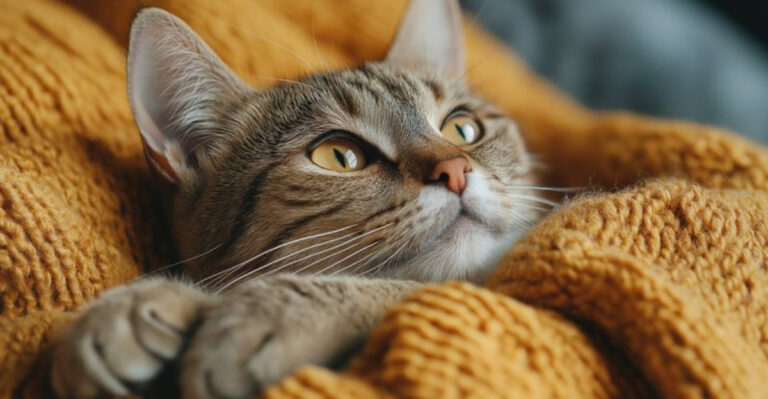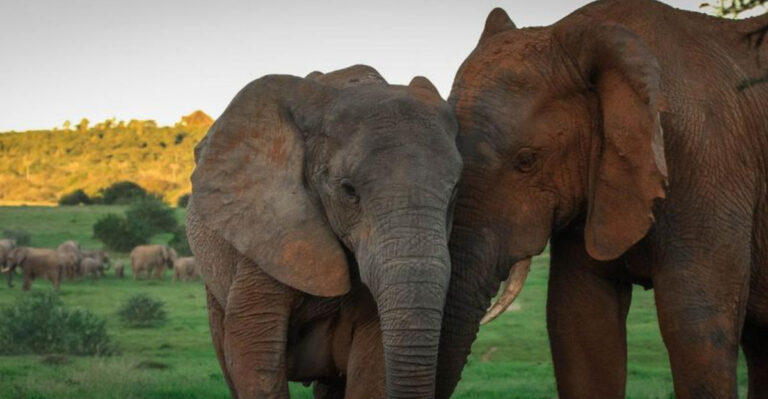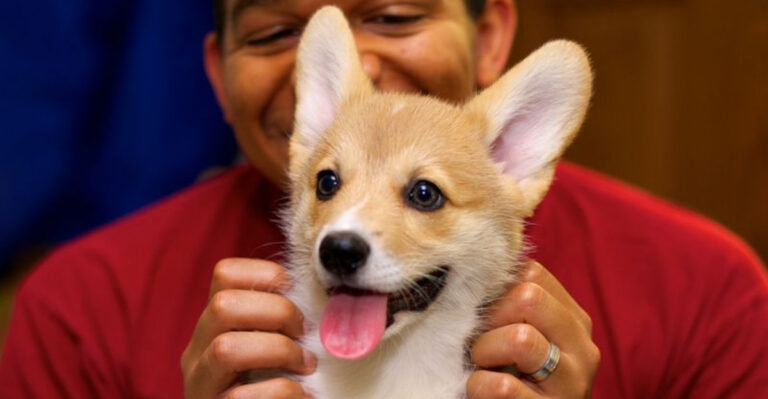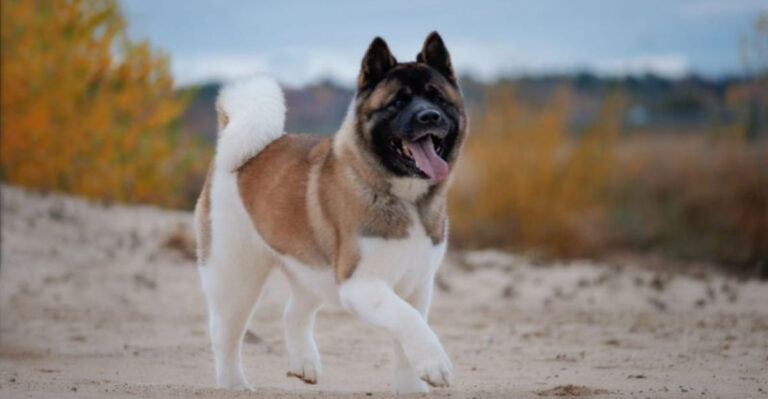14 Animals That Share The Most Genetic Traits With Us
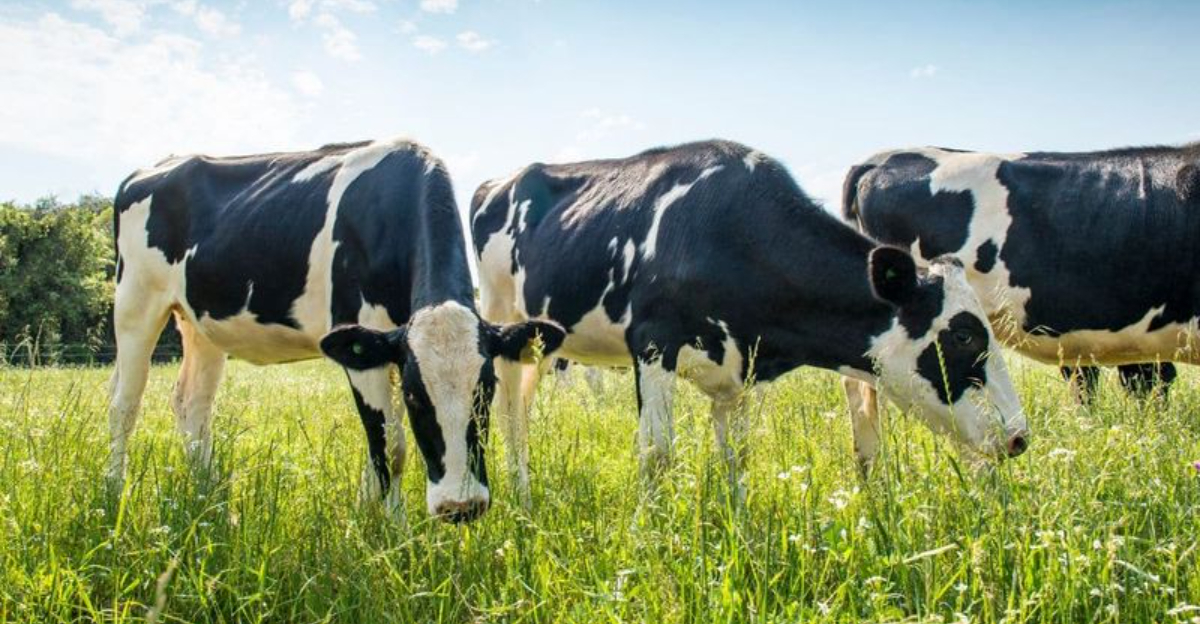
Ever wondered if you’re more like a chimp or a chicken? While it might sound bananas, we share quite a bit of our genetic makeup with a variety of creatures.
So, let’s monkey around and explore which animals are surprisingly close to us in the DNA department. It’s a wild world out there, filled with genetic relatives you wouldn’t believe!
1. Chimpanzee
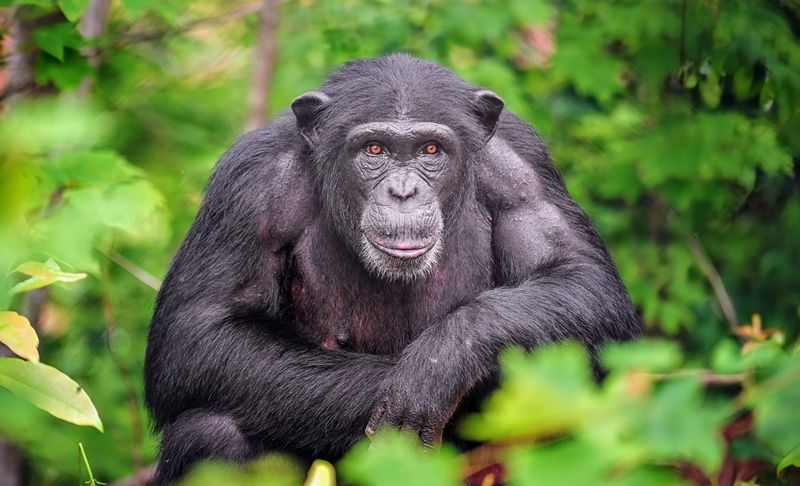
With a cheeky grin and a knack for mischief, chimpanzees share about 98% of our DNA. It’s no wonder they mirror our behaviors, from using tools to solving problems. Their expressive faces and social antics feel like a mirror to our own world.
In the wild, these primates form complex social structures, echoing human communities. They laugh, play, and even show empathy, reminding us of our closest animal kin.
2. Bonobo
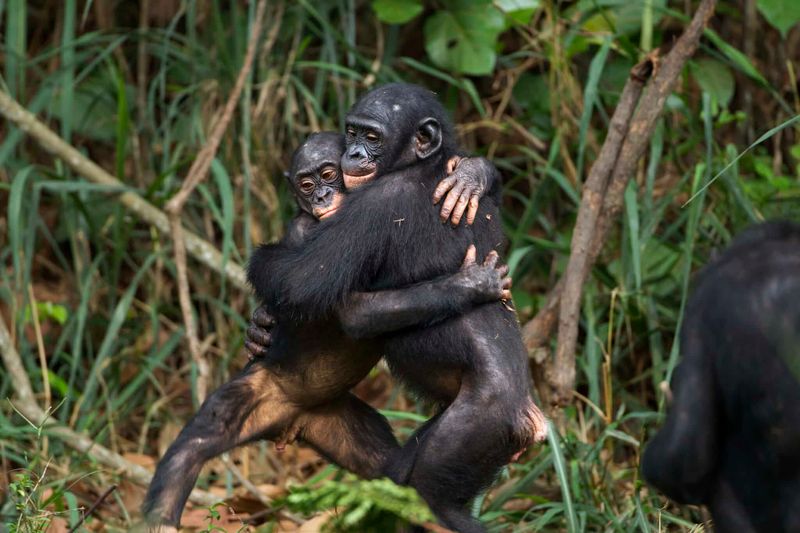
Bonobos are the peace-loving hippies of the primate world, sharing around 98.7% of our DNA. Known for their matriarchal societies, they settle disputes through affection rather than aggression.
These gentle creatures reveal a different side of human nature – one that’s more about love and cooperation. Their playful and social demeanor is a window into the softer aspects of our own humanity.
3. Gorilla
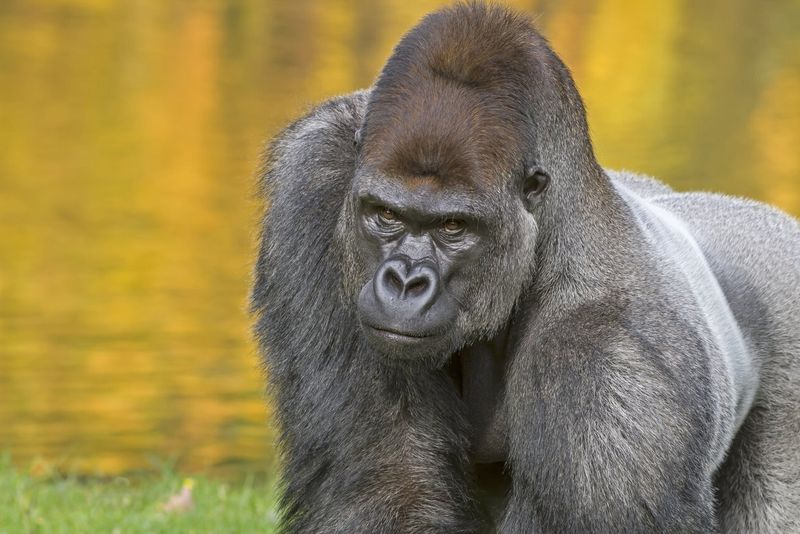
With their powerful build and tender eyes, gorillas share about 98.3% of our DNA. Despite their size, these gentle giants display a profound emotional depth, forming close family bonds.
Observing a gorilla’s nurturing side can be heartwarming, as they care for their young with great devotion. Their ability to learn sign language and use tools highlights their intelligence and shared lineage with us.
4. Orangutan
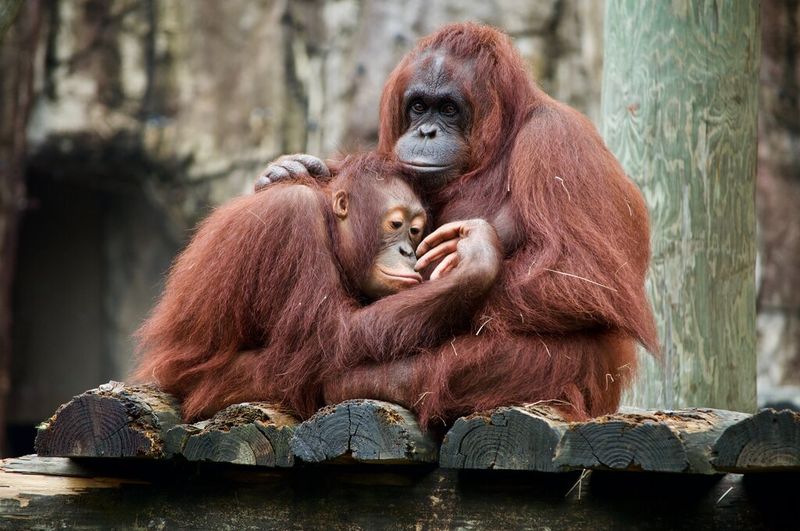
Orangutans, with their reddish-brown hair and soulful eyes, share 97% of our DNA. Known for their solitary nature, these “people of the forest” spend their days swinging gracefully through the trees.
Their remarkable problem-solving skills and tool use underline a shared cognitive ability. Orangutans’ gentle demeanor and strong mother-child bonds offer a glimpse into the heart of human relationships.
5. Rhesus Monkey
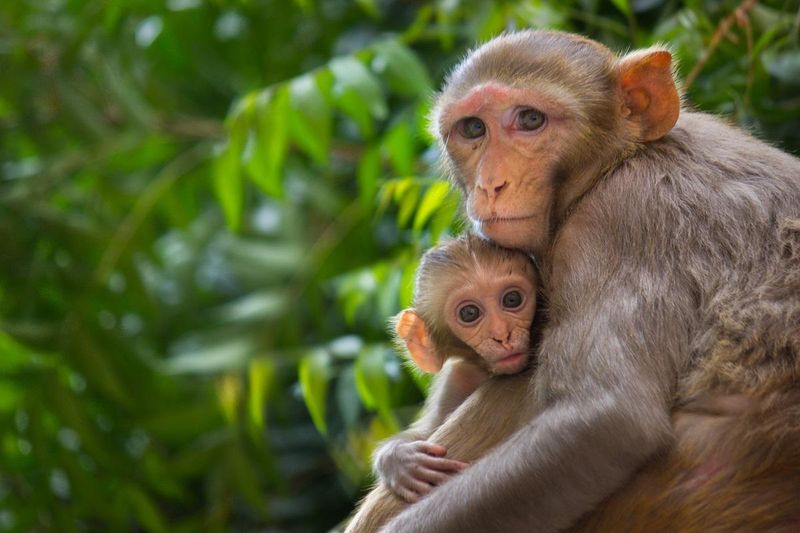
Rhesus monkeys, cheeky and clever, share about 93% of our DNA. Their social structures and behaviors offer insights into our own evolutionary past.
Known for their curiosity, these monkeys are often seen problem-solving and exploring their surroundings.
Their adaptability to various environments showcases a resilience we can relate to. As subjects in many scientific studies, rhesus monkeys have contributed greatly to our understanding of genetics and medicine.
6. Mouse

Despite their tiny size, mice share about 85% of our DNA. These little critters are pivotal in scientific research, helping us unravel the mysteries of genetics and disease.
Their rapid breeding and genetic similarities make them ideal for studies, revealing crucial insights into human biology. Mice are surprisingly social, with complex communication methods that hint at our own social interactions.
In labs around the world, mice scurry about, playing a crucial role in advancing medical science and enhancing our understanding of health.
7. Pig
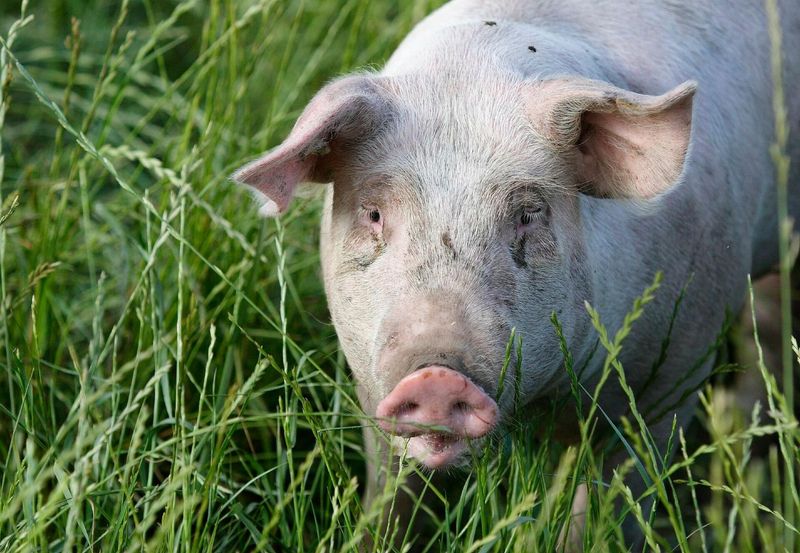
Pigs, with their snouts in the mud, share nearly 98% of our DNA. These intelligent animals are known for their problem-solving abilities and social nature.
Often underestimated, pigs display a remarkable level of awareness and emotional complexity. They can recognize themselves in mirrors and even learn tricks as dogs do.
In the barnyard, pigs prove that they’re more than just bacon – they’re intelligent beings with personalities and emotions.
8. Cow
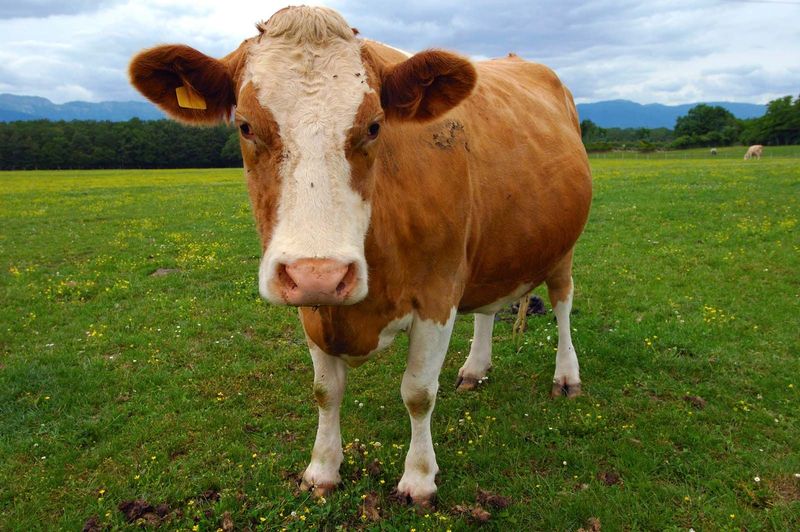
Cows, with their soulful eyes and gentle demeanor, share a surprising 80% of our DNA. These peaceful grazers form close-knit social groups, much like our own family units.
Their ability to recognize faces and develop friendships showcases an intelligence that’s often overlooked. Cows communicate through various vocalizations, expressing a range of emotions.
In the fields where they roam, cows exhibit a calm presence that mirrors the importance of community and connection.
9. Chicken
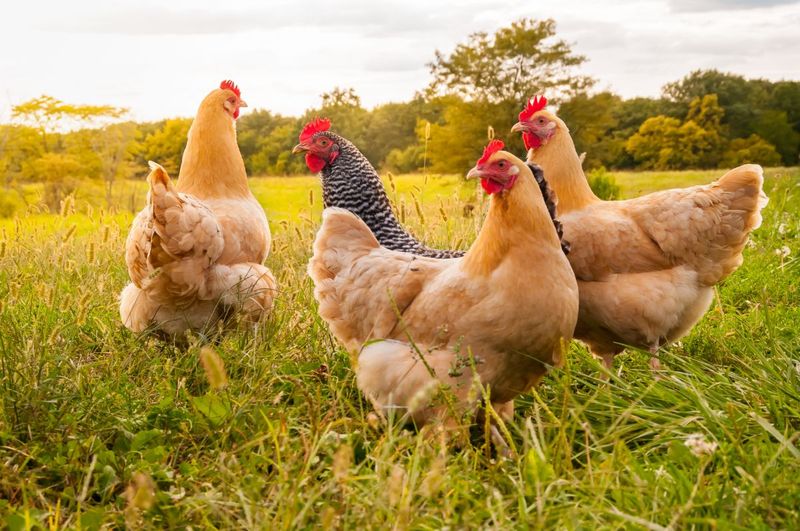
Believe it or not, chickens share about 60% of our DNA. These quirky birds are more than just cluck and feathers; they’re social and intelligent.
Chickens have complex communication systems and can recognize up to 100 different faces, showcasing their surprising cognitive abilities. Their pecking order reflects social hierarchies similar to those in human society.
In farmyards, chickens strut around with a confidence that belies their small stature. Their genetic connection to us highlights the unexpected ties within the animal kingdom.
10. Dog
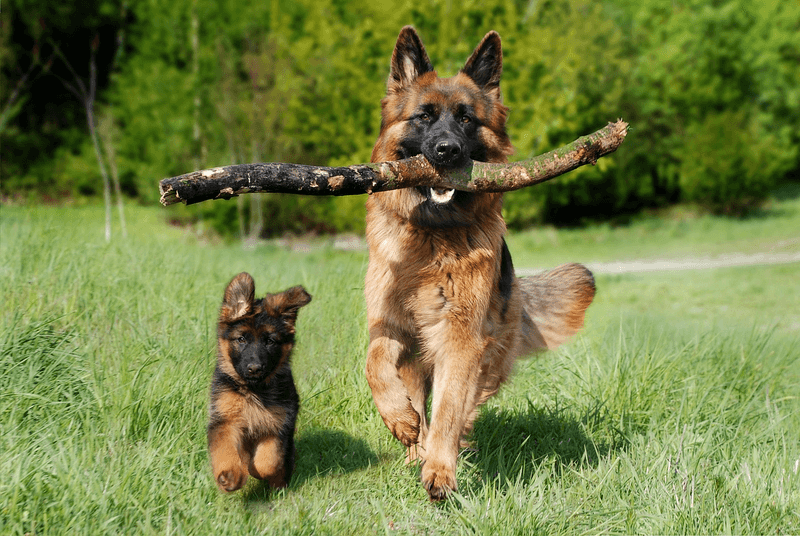
With a wagging tail and eager eyes, dogs share about 84% of our DNA. They’re not just man’s best friend but also our genetic cousins.
Dogs have evolved alongside humans, forming deep bonds and understanding our emotions. Their loyalty and intuition are unmatched, providing companionship and support.
11. Cat
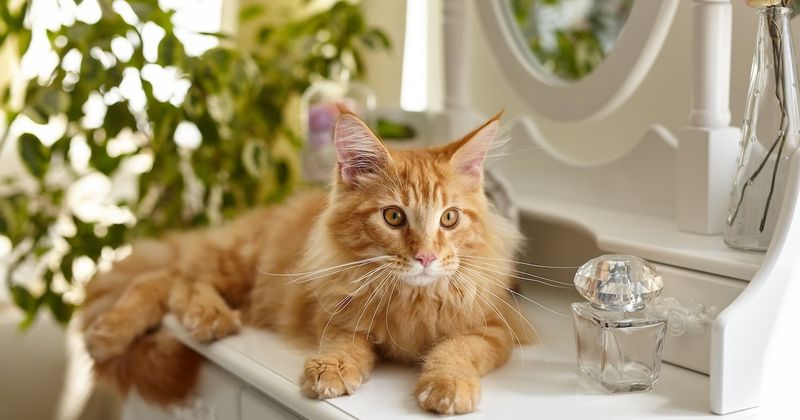
Cats, with their graceful movements and enigmatic eyes, share about 90% of our DNA. These independent creatures have lived alongside humans for thousands of years, offering companionship and mystery.
Their playful antics and purring provide comfort, while their hunting instincts remind us of their wild ancestry. Cats’ ability to bond with humans while maintaining independence highlights a complex relationship.
12. Elephant

Elephants, with their enormous ears and gentle trunks, share about 90% of our DNA. These magnificent creatures are known for their intelligence and emotional depth.
Their ability to mourn, remember, and communicate over long distances demonstrates a sophisticated social structure. Elephants form tight-knit families, much like humans, relying on each other for survival.
13. Zebra
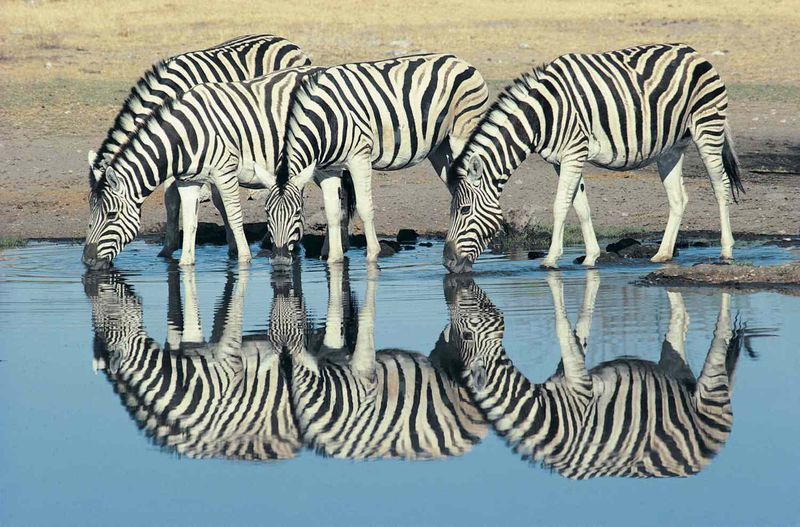
Zebras, with their striking stripes, share about 80% of our DNA. These social animals form strong bonds, living in herds that provide protection and companionship.
Their stripes are as unique as fingerprints, helping them recognize each other and deter predators. Zebras communicate through vocalizations and body language, showing a complex social structure.
14. Fruit Fly

Small yet mighty, fruit flies share around 60% of our DNA. These tiny insects play a colossal role in genetic research, aiding in the study of hereditary diseases and evolution.
Their short life cycle and genetic simplicity make them ideal for laboratory experiments, offering insights that apply to more complex organisms. Despite their size, fruit flies possess intricate behaviors and social interactions.
Buzzing around fruit, these flies are unlikely genetic relatives with a significant impact on science. Their genetic connection underscores the universal threads woven through all living beings.

